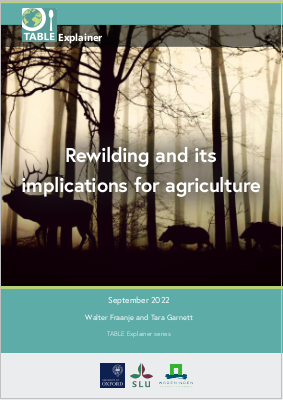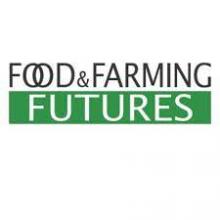In 2015, the UK pledged to be Net Zero by 2050, with the NFU striving for the more ambitious target of 2040. Net Zero is achieved when the amount of greenhouse gases (GHG) emitted is balanced with those removed from the atmosphere. This helps to combat climate change and reduce global warming.

Where does rewilding sit in the future of food and agriculture? Rewilding is a contested term, described by some as laying a foundation for global biodiversity restoration and by others as a threat to human and non-human life in the countryside. This explainer explores how and why people disagree about rewilding, compares its various definitions, and considers how the rewilding debate ties in with different visions for the future of food.
Recommended Content
Connected Content
Are environmental benefits (carbon, biodiversity...) best served by sharing agricultural land with nature, or by maximising yield in some areas to spare tracts of land exclusively for nature in other areas?
Rewilding is an approach to restoring biodiversity and ecosystem health by working towards returning habitats back to their natural state. Rewilding is commonly misrepresented as the reintroduction of large and glamorous wild animals and the removal of people and human activity from the landscape, but this is very rarely the case.
This topic refers to the whole food supply chain, from farm fork, and all the products and services that contribute to food production.
The National Library for Agri-Food serves agri-food practitioners by providing access to recent, high quality, science-evidenced information and guidance in a well-constructed online repository with good metadata standards for easy searching and robust perma-links to content.
TABLE is a global platform for knowledge synthesis, for reflective, critical thinking and for inclusive dialogue on debates about the future of food.
The independent, collaborative news and information source for farming and food
As custodians of the landscape all farmers have responsibility to the wildlife and nature on their farms. There are many networks, organisations, advisors and initiatives seeking to help farmers enhance wildlife and biodiversity. Increasingly this is being supported by Defra through ELMS and Local Nature Recovery schemes
Land use refers to the way that land is used and managed for various purposes, such as agriculture, housing, industry, and recreation.



